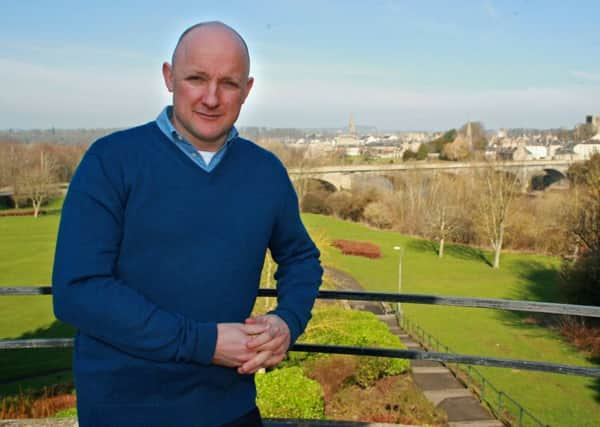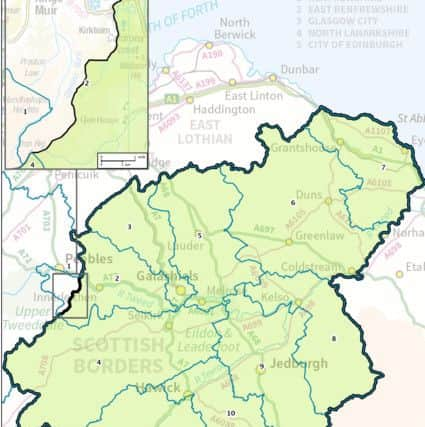Drawing new boundaries


That is when the period of public scrutiny and further comment on feedback received from the commission’s pubilc consultation ends.
The comments are available to view at www.bcs2018.org.uk – where full transcripts from the five public hearings that were held in November and December last year in Ayr, Dundee, Edinburgh, Glasgow and Inverness, have also been published.
Advertisement
Hide AdAdvertisement
Hide AdThe initial proposals sees a slight change in the make-up of the constituencies in the region, with two constituencies wholly within Midlothian and Scottish Borders council areas.


When the boundary change proposals were released, Calum Kerr MP said he welcomed the fact that he would not lose any of his current constituents, and that he “would, of course, look forward to the opportunity to represent additional communities in the Scottish Borders.”
But he felt now was not the time to reduce the number of MPs.
He said: “With the likely need for extra scrutiny off the back of the many changes that Brexit will bring and the powers that it will see repatriated, we need Parliament to be at its best, not fretting about who will lose out from this process.
Advertisement
Hide AdAdvertisement
Hide Ad“These changes don’t go far enough if we really want to see a better democracy, that’s more representative and more responsive to the needs of ordinary people. Rather than fixating on the number of MPs, we should be looking at a fairer electoral system and, of course, reforming the unelected House of Lords.
“With over 800 members, the Lords is actually the second largest legislative chamber in the world. If we’re looking at downsizing in Parliament that would be the obvious place to start.”